Two days ago the Valpo group returned to Hangzhou after a weeklong whirlwind trip through Chinese religious, cultural and political history. We visited three cities: Qufu, Beijing, and Xi’an. In those cities we toured the following sites (listed in chronological order): The Temple of Confucius, Confucius’ Grave, The Temple (Altar) of Heaven, The Hongqiao Pearl Market, The Great Wall, The Beijing Olympic Park, Tiananmen Square, The Forbidden City, The Wild Goose Pagoda, The Terra Cotta Warriors, Xi’an’s Muslim Quarter (including The Great Mosque), and the Shaanxi History Museum.
Now I’ll see if I can compress the highlights of those places into a reasonable length post.
The high speed rail system in China shares more similarities with the American airline industry than our Amtrak. The Hangzhou East Railway station is a huge high-ceilinged building with numerous security check points, fast food joints, and nearly a dozen gates/escalators leading down to the train platforms below. In the train huge windows and ample leg room treated us nicely on our three hour ride to Qufu. The quietness of the train and the smoothness of the ride did much to hide the fact that we cruised at 300km/hr (or ~180mph).
Qufu is a small town (~200,000 pop.) and most notably home to Confucius. As we drove to the walled-in old city we pasted dozens of high-rise apartments in various stages of completions which our guide informed us were part of the “new Qufu.” In Qufu (and likewise in most of China) many historical structures have undergone continual restoration or rebuilds since their original conception centuries ago. The Temple of Confucius is set in a forest with a central corridor which has numerous “gates.” These gates, pavilions, and stone tablets were erected by various dynasties after Confucius as ways to honor him and provide a place to “worship” Confucius. The roofs and eves of the gates and pavilions are massive, repetitive and intricate structures combining brightly painted symbols, patterns, and often dragons. (As an engineer the quantity of rafters looks like overkill.) Stone lions, dragons, and turtles were also common along our path (a few unicorns too)! After the temple we visited Confucius’ simple grave—a giant mound of earth a forest. Smaller mounds at the entrance of the forest were the graves of commoners, and the mounds grew in size with the importance of the thinker they contained.
The next day we took the high speed rail to Beijing. In Beijing we visited the Temple of Heaven (technically it is more like the Altar of Heaven) where the emperor would make biannual prayers and sacrifices to Heaven. Much of the architecture was similar to Qufu, but here the importance of colors (blue roof tiles) and shapes (circular buildings for Heaven and rectangular walls to symbolize Earth) stood out.
We then visited the Hangqiao Pearl Market who’s fourth floor has been visited by numerous foreign dignitaries to shop for jewelry. Meanwhile the bottom three floors are crammed with stalls selling counterfeit design handbags, silk scarves, fake-iPhones, loads of Beats products and other miscellaneous electronics of dubious authenticity. I had fun bartering for fake iPhones and found a few real Galaxy S5s. For dinner the non-vegetarians in the group had Peking duck (a Beijing speciality).
The following day we visited the Great Wall outside of Beijing. The highway weaving up a mountain valley reminded me of Colorado and I had fun climbing and descending the Great Wall——it is the closest I’ve been to hiking a mountain in a long time. After a couple hundred vertical feet the number of folks thins out dramatically and I could more easily ponder the massive effort to both build the wall and run an army up and down the variable height and often far too steep steps. In the afternoon we drove by the Olympic Park, walked through Tiananmen Square and the Forbidden City, and climbed a hill in a local park to get a 360˚ view of Beijing. Unlike the many cold monolithic monuments of Washington D.C., the Forbidden City is filled with color and extravagant detail, all the while great attention is given to overall symmetry and mathematical relations between walls and buildings.
On Thursday we took the high speed train to Xi’an where we visited the Wild Goose Pagoda—a nearly millennia old Buddhist library and meditation center. Xi’an was a very neat city—it had a newer feeling than both Beijing and Hangzhou, although it is famous for being the ancient capitol city of China. We drove past Aston Martin and Lamborghini dealerships and Gucci and Prada stores. For dinner we found a bustling street near our hotel with numerous locals frying and cooking in little stands where we got some delicious and cheap noodles.
On our second day in Xi’an we visited the Terra Cotta warriors. The vast scale of thousands life-size clay soldiers each unique and detailed make it a well-deserving contender to be the 8th Wonder of the World. In the afternoon we walked through the Muslim Quarter of Xi’an which contained the Great Mosque (one of the first mosques in China)—yet with a small single minaret and Chinese style architecture only the Arabic inscriptions gave away its religious affiliation.
On our final day of traveling with visited the Shaanzi History Museum in Xi’an which contained numerous artifacts and replicas (often undistinguished from the “real” items) from ancient China. The handiwork of their jewelers and stone carvers was quiet impressive though I felt as id most of the exhibits didn’t provide enough historical context to accompany the numerous artifacts.
We then flew back to Hangzhou on a new A321. From jade to jet it was one amazing trip!
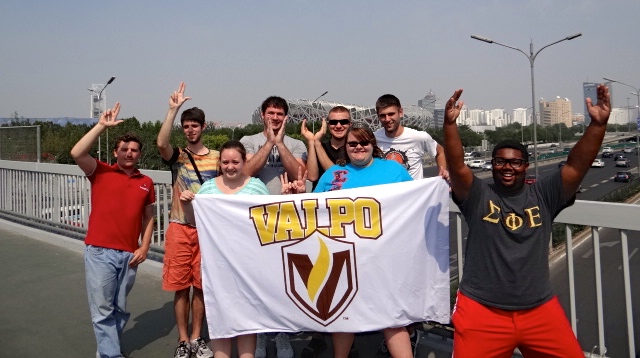
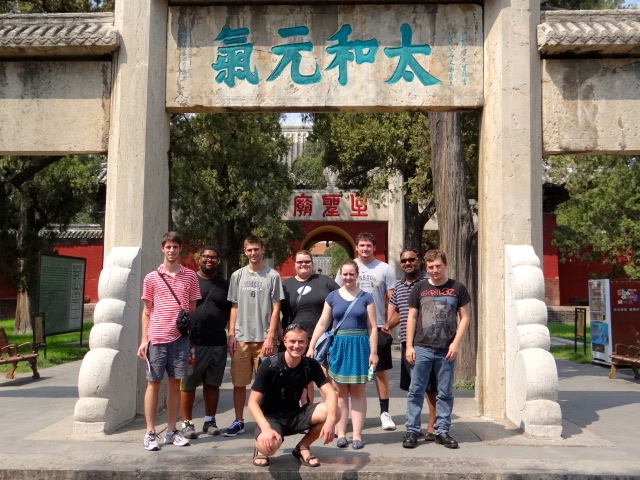
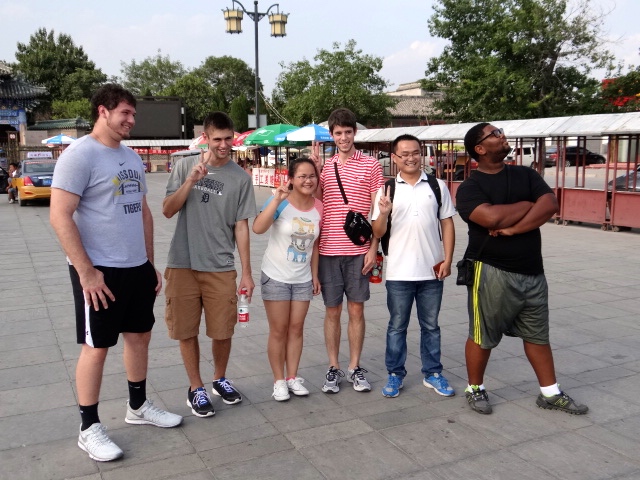
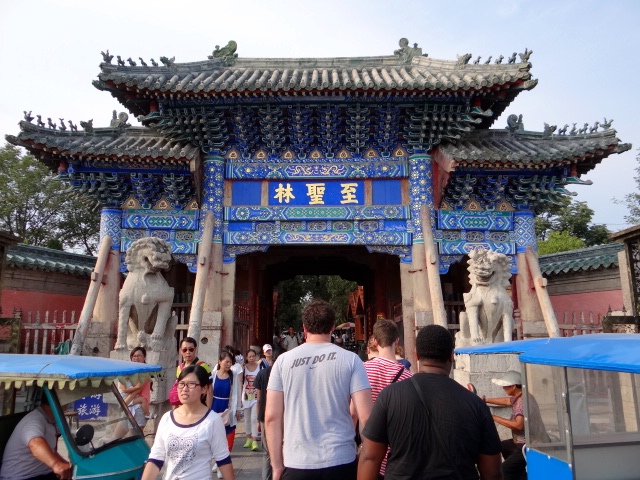
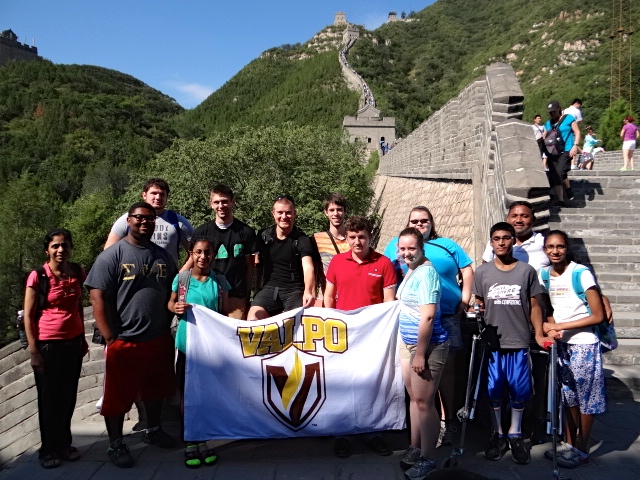

Leave a Reply